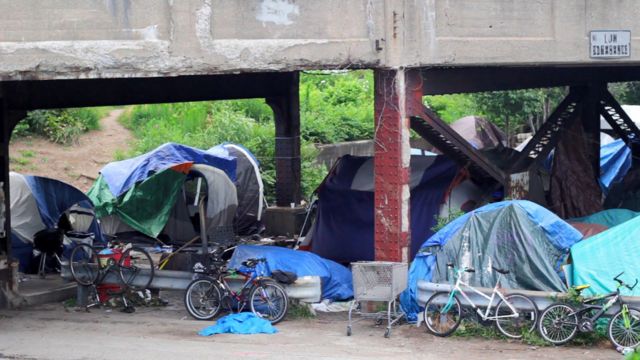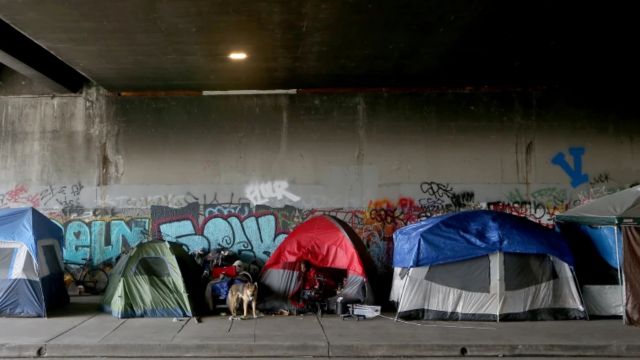Homelessness poses a intricate challenge affecting millions in the United States. Despite a national decrease in homelessness rates over the past decade, specific cities, like Indianapolis in Indiana, have witnessed a surge in individuals lacking proper shelter.
This article will explore the heightened homelessness rates in Indianapolis, the capital and largest city of Indiana, and delve into the impact of the COVID-19 pandemic on the situation, along with the corresponding efforts of local authorities and service providers.
Indianapolis Faces Rising Homelessness
Indianapolis, the capital and largest city of Indiana, is currently facing the highest rates of homelessness in both the state and the region. The most recent point-in-time count, conducted in late January, revealed that there were 1,928 individuals experiencing homelessness in the city, marking the highest number in the past decade.
Mandated by the U.S. Department of Housing and Urban Development, the point-in-time count offers a snapshot of the extent and nature of homelessness in a specific community.
While not intended to be a comprehensive measure, it serves as a tool to assist local and federal authorities in allocating funding and resources.

A joint report from the Coalition for Homelessness Intervention and Prevention and the Indiana University Public Policy Institute highlights an increase in the number of people living unsheltered. Additionally, there is a consistent upward trend in the homelessness of individuals older than 62.
The report emphasizes the disproportionate representation of Black or African American residents among the homeless population, constituting 54% compared to their 28% share in the city’s overall population.
The challenges presented by the COVID-19 pandemic have affected the point-in-time count process and the provision of services and shelter to those experiencing homelessness.
The economic downturn resulting from the pandemic has heightened the risk of homelessness for many low-income households, particularly those who have suffered income loss or faced eviction.
Efforts and Initiatives for Homelessness Issue
The report highlights efforts and initiatives in Indianapolis to combat homelessness, including the expansion of rapid rehousing, the establishment of a hotel-based shelter program, rental assistance distribution, and the organization of outreach and encampment response teams.

Nevertheless, the report recognizes the ongoing challenges and emphasizes the need for further actions to prevent and eradicate homelessness in the city, particularly considering the regional housing market dynamics contributing to its prevalence.
To address these issues, the report recommends adopting evidence-based policies targeting the root causes of homelessness.
This involves reforming housing plans, implementing alternative crisis response models on a larger scale, breaking the cycle of incarceration leading to homelessness, utilizing the capabilities of place governance organizations, and adopting a regional, data-driven approach to tackling homelessness.
You May Also Read:
- This City Has Been Named the Poorest City in Louisiana
- The Silent Crisis: Inside Alabama’s City Battling the Highest Homelessness Rates
- Facing the Crisis: Exploring the Georgia City Struggling With the Highest Homelessness Rates
- Raising Awareness: This City in Colorado Confronts Harsh Reality of Being Domestic Violence Capital
To Conclude
Though homelessness in Indianapolis has alarmingly increased, particularly among Black and elderly citizens, the city is not without hope. Initiatives like outreach teams and quick rehousing programs serve as examples of how local authorities, service providers, and advocates are working together to handle this complicated issue.
Still, as the report notes, more action is imperative. It is critical to support evidence-based policies like housing affordability reforms and alternative crisis response strategies that address the underlying causes of homelessness.
Stronger foundations for efficient solutions can be created by utilizing the knowledge of place governance organizations in conjunction with a regional, data-driven strategy.
Indianapolis can create a future where everyone has the chance to find secure home by placing a high priority on access to social services, healthcare, and affordable housing.












Leave a Reply